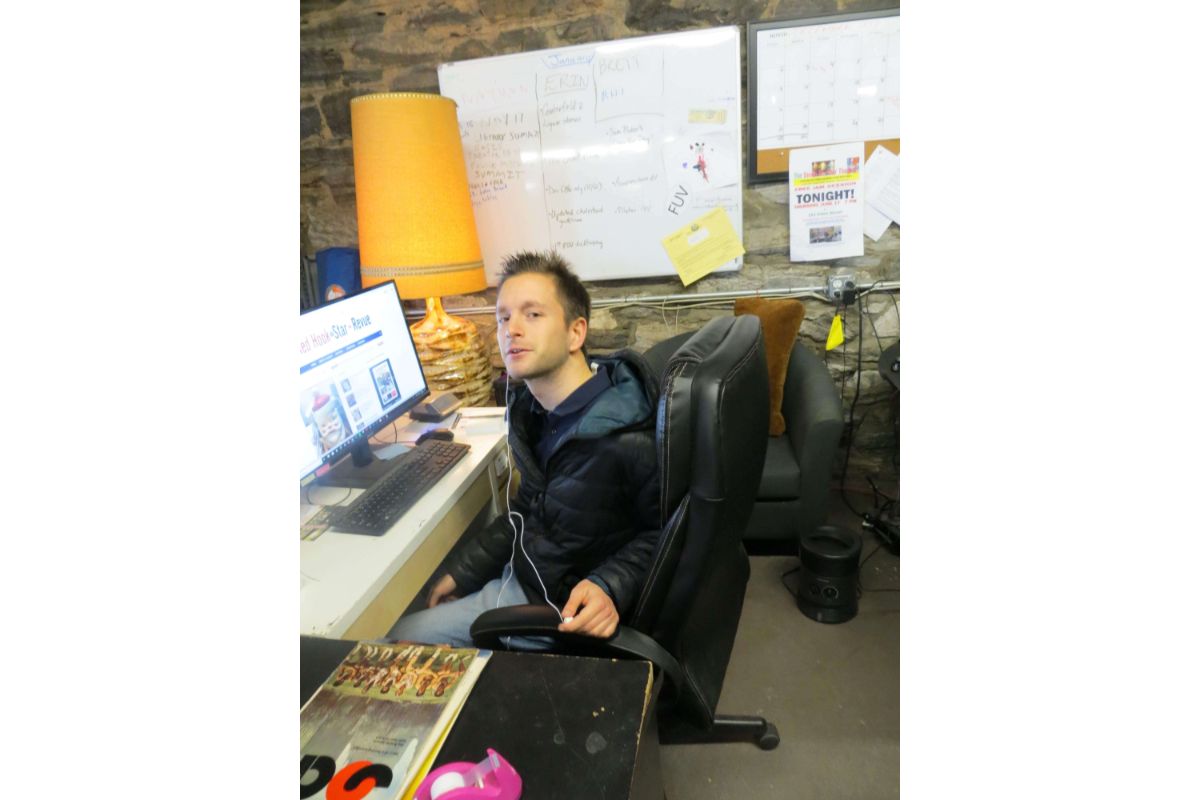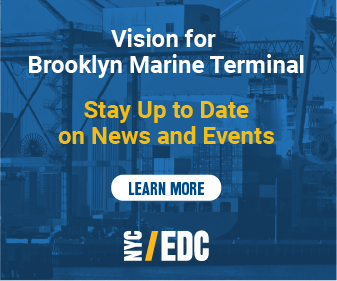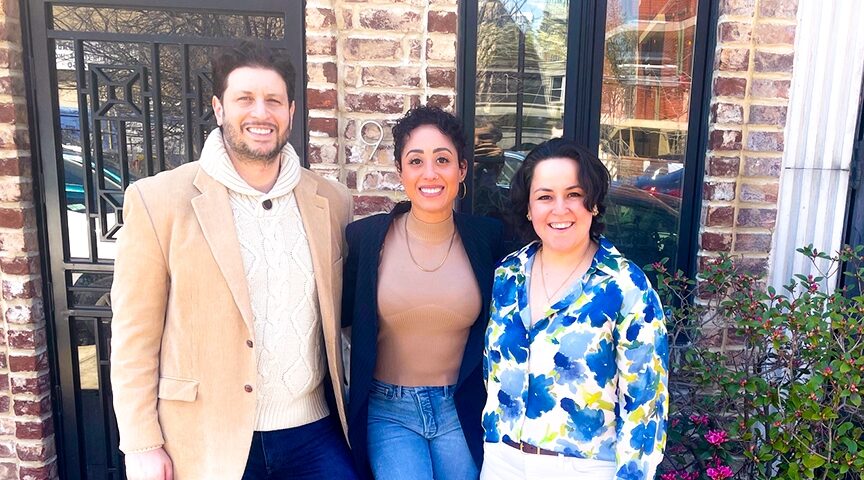Back in June, I signed with the Board of Election (BOE) to be a poll worker.
I did this because I had heard that fewer older people who are usually poll workers were able work the polls because of the pandemic, and I wanted to directly be behind the scenes of election day assisting in the voting process for this historic election.
There were in fact a mix of younger people and older people as poll workers on November 3.
I set up my account and then waited to find out about my training class. I did not hear anything from the BOE for about three months, so I inquired and found out I could sign up for one online and take the 4-hour class in the beginning of October.
Mask wearing was required by everyone in the class and partitions were set up on the various tables. The instructors went over all of the handbook and the class ended with a test.
I did not really know how busy election day would be since early voting in New York City saw a record number of votes (1.1 millions people) with lines of a few hours amidst the pandemic. The early voting and mail in voting made a difference at least for the site I was assigned since the only time where there were many inside was early morning.
I arrived at 5:00 a.m. bright and early and received some instructions about my inspector scanner position. I was assigned to ballot box scanner C, so the first task was setting up the scanner C with another inspector scanner while making sure the numbered tags corresponded.
We had many instructions to follow but by 5:50 we opened the scanner and by 6:00 we had it set up with the privacy panels attached and then made sure the date on the screen was correct. Ten minutes later, the public vote count was zero, the test page was printed and scanner C was officially ready for voting.
There were 25 people that had voted at Scanner C between 6:10 and 6:30 and comparatively that was the biggest amount in one time period of the day as many wanted to come and vote first thing in the morning.
At 7 a.m., there were not as many people coming in to vote. My role initially was to hand out stickers to to people after they scanned their ballot through the machine. Sometimes I would tell them the correct way if they could not figure it out.
At about 7:15 a.m., Scanner A, there were four total, was not taking ballots so a BOE representative came to to fix it and it was out of service for a while since they could not figure it out.
At about 11:30, two people came to fix it again and after some trial and error they were able to get the machine to operate again.
Something that I found out was that all of the poll workers who worked on Election Day did not work in early voting since they were under a different training cycle than the ones for November 3.
Another task of mine was taking folders that ballots were in back to the other side of the room so the workers could give them to the voters after signing in.
We were told later on in the day that the voters had to keep their ballot in the folder until after they voted so there would be no chance of interfering. Since we were told this, I got the folders back after instead of before the ballots were scanned.
Someone also insisted on keeping her folder for privacy at one point. A common mistake that led to voters filing in multiple ballots was when they voted for the same candidate more than once after not correctly reading the instructions.
Due to the pandemic, it was emphasized by a coordinator that all poll workers had to wear a mask the right way or else they would be told to leave (there were no issues with this) and all voters had to wear a mask or else they would have to talk to a cop on premises.
At 9:40 a.m., 112 votes had been cast at Scanner C. There were 482 people total that had voted at noon. At 2:45 p.m., 604 votes had been tallied on the four scanners.
At 8:00 p.m., 735 people had voted on the four scanners and at closing time (9:00 p.m.) a total of 754 people had voted and scanner C had 183 votes.
Any voters still online at 9:00 pm are still allowed to vote, but my location did not have a line and surprisingly there were very few rushing to get their votes in before the location closed, but there were some who arrived just in time.
Author
Discover more from Red Hook Star-Revue
Subscribe to get the latest posts sent to your email.












